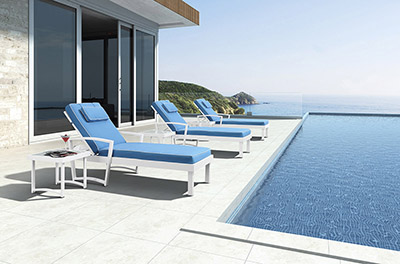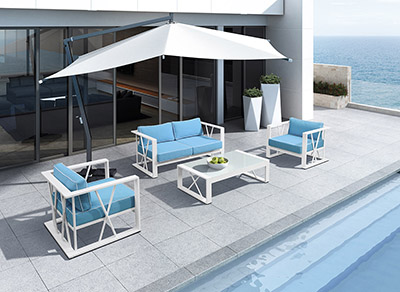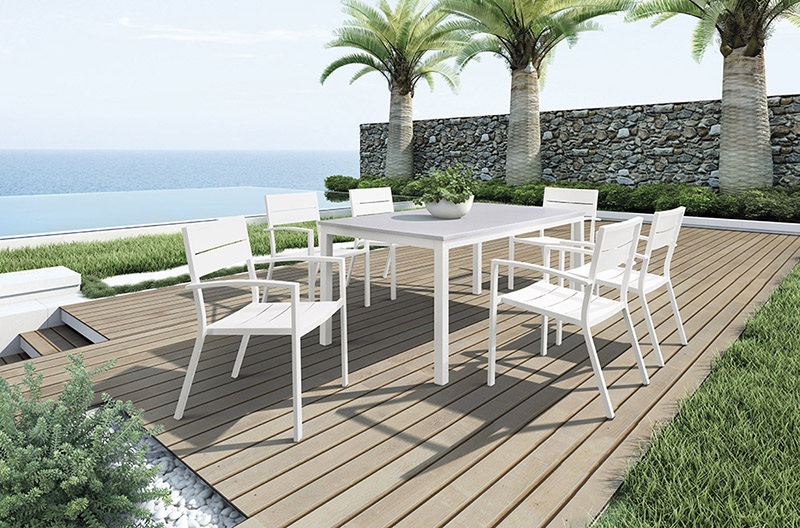In the past more than 100 years, color printing has been based on halftone screens. The traditional halftone dots represent different gradation values ​​by changing the size of the dots themselves. A single dot in the halftone dot pattern increases as the tone becomes darker. When the tone is lightened, the center point spacing of the dots is constant, and the spatial position of the dots is controlled by the number of screen lines. The higher the number of screen lines, the more contiguous the image is, the naked eye can see the dots at 60l, and when it exceeds 150l, halftone dots cannot be seen.
For laser printers, it uses a matrix of image elements to create halftone dots. Dividing the resolution of a laser printer by the number of screen lines yields the desired matrix. The quality of the halftone dot will increase when the device's pixels increase. Follow up. The gray level of the output device is determined by the number of elements per inch and the number of screen lines. For example: a laser printer with a resolution of 1200 dpi. If you use a 150l screen, the output will contain 64 image elements per inch. Therefore, each dot consists of a halftone dot pattern with 64 picture elements, and an 8x8 dot produces 64 gray levels.
Rational tangent screens include halftone dot phantoms, which always maintain the same size and shape, and maintain the integrity of the tune throughout the entire image. The disadvantage is that the number of screen lines and angles are affected and limited by the output resolution. Unless large dot patterns are used and printing is performed with a low number of screen lines, it is difficult to avoid the influence of the moiré artificial process in this case. Unreasonable tangent screens use dot patterns that are not uniform in size and shape. They allow the combination of arbitrary screen angles and network line numbers to describe the network points, and functions of preset points to implement different tone network layouts.
Traditional printing is to embody the role of replicas by arranging the dots in a grid on a straight line. Different density levels are represented by changes in dot size. The number of lines per inch is often referred to as the LPI or per The number of lines in inches is very important for many printing processes. Because the "amplitude" rather than the "frequency" of the dots constantly changes, they are sometimes referred to as AM halftones. Because these dots are arranged in rows, special attention is required when synthesizing multiple screens in four-color printing to avoid moire.
Traditional screens can not only be rotated, they can also have different dot shapes such as: round, square, elliptical, diamond and so on. Different dot shapes are suitable for different printing processes. For example, elliptical dots are advantageous in many screen printing and circular dots are best in flexographic printing.
Dots do not necessarily have to be arranged in rows, and "half-random" halftones can provide large dots for process needs (eg, screen printing). And it turns out that when the screens are combined for color printing, this type of dots that are not arranged in rows eliminate moire. This screen also makes the results of color inkjet printing more predictable by dramatically reducing the dot gain associated with a pure FM network.
In general, we use black-and-white graphics to discuss halftones. Various black and white illustrations show how halftones are applied to the colors of a single channel. We can also learn to halftone the color channels of CMY to show Halftone channel synthesis effect.
Outdoor aluminum furniture is suit for outdoor patio usage for a long time. The material is 1.2mm , 1.5mm or 2.0mm thickness aluminum frame with powder-coated.
Secure and comfortable structure, simple design but elegance, is popular option for customer. Aluminum frame is welded and polished in meticulous style. Gently angled backs and wide arms encourage restful lounging. The industry`s best high-performing fabrics encase the thick, double-wrapped foam cushions.
· Traditional forms with a spacious, inviting scale
· Rust-resistant powder-coated aluminum frame.
· Comfortable 30 density cushion foam.
· Secure tempered glass for dining table and coffee table.
· Waterproof fabric for cushions.
Outdoor aluminum furniture with high quality and long time guaranty.



If you have any questions, please contact with us directly. Outdoor Aluminum Furniture are produced by Golden Eagle Outdoor Furniture Co.,ltd with High Quality and Good Appearance. Welcome you to visit our Factory for any inquiry, please send mail directly to us.
Aluminium Garden Furniture,Lawn Aluminium Garden Furniture,Outdoor Aluminium Garden Furniturel,Garden Aluminium Garden Furniture
Golden Eagle Outdoor Furniture Co., LTD. , https://www.gebarset.com